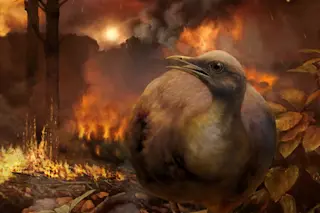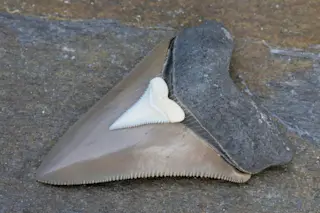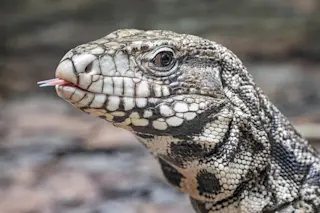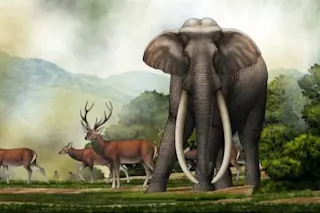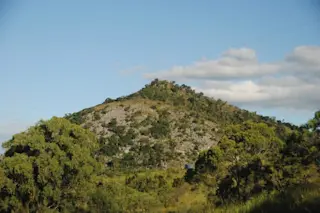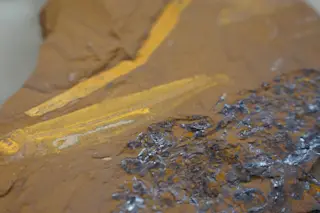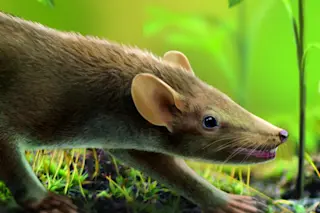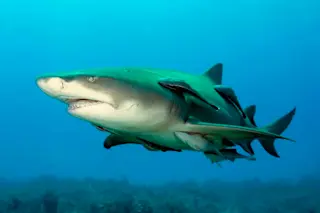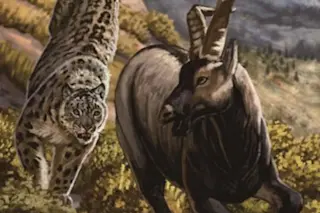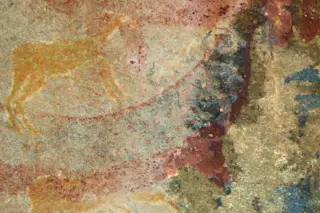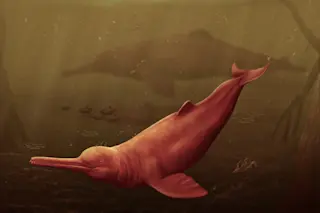The asteroid impact that eliminated non-avian dinosaurs destroyed global forests. Here, a hypothetical surviving bird lineage flees a burning forest in the aftermath of the asteroid strike (Credit: Phillip M. Krzeminski) It's the most common caveat you'll hear about the End-Cretaceous mass extinction: It wiped out the dinosaurs, except for birds which are, you know, dinosaurs. A new study suggests that the global die-off nearly took birds out as well. About 66 million years ago, a mass extinction offed a huge percentage of life on Earth — about three-quarters of all species that had been going about their business. Researchers still debate whether an asteroid or massive volcanic activity was the main catalyst for the extinction event, but it's fair to say both the space rock and the wide swaths of magma-vomiting fissures played a significant role. The most famous victims of the end-Cretaceous were the non-avian dinosaurs, including tyrannosaurs, ...
Dinosaur Doom Almost Wiped Birds Out, Too
Discover how the end-Cretaceous mass extinction changed bird evolution, leading to today's diverse species from ground-dwellers to tree-dwellers.
More on Discover
Stay Curious
SubscribeTo The Magazine
Save up to 40% off the cover price when you subscribe to Discover magazine.
Subscribe

